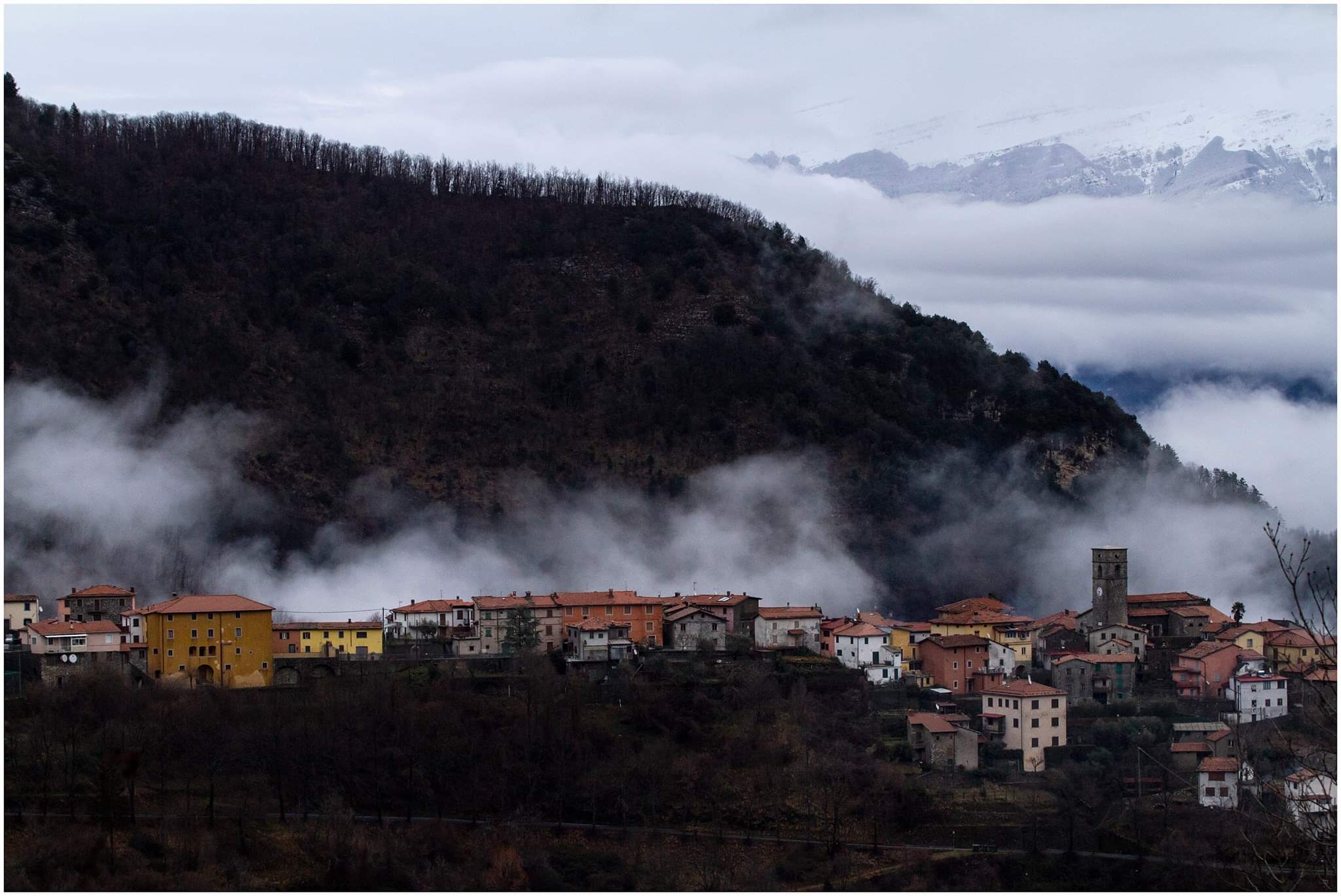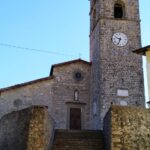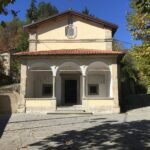Description
It was, until 2013 an autonomous municipality, one of the smallest in Tuscany. Located in an area rich in natural beauty, Vergemoli rises above 620 meters above sea level. The origins of the village are very ancient and date back to the period of Etruscan domination.
Inside its territory one can
admire the churches of St. Anthony, St. Quirico, St. Giuditta and the Bernarda fountain. In the immediate vicinity, however, one can visit the hamlet of Fornovolasco, the church of the Vergine della Neve in the hamlet of Campolemisi, San Pellegrinetto, Col di Luco, and the charming Grotta del Vento, one of the most enchanting places in the Apuan Alps park.
The etymology of the name Vergemoli is controversial. It could derive from the location of the town, which stands on the watershed of two valleys: "Vallis Gemina" or "Virga," meaning small planter, from which the name "Vergemulum" would be derived, or from "Ver" (root of vertex), meaning "high place and from piers," in the meaning of millstones, so the name would mean "High Mill," referring to the numerous presence of these structures in the area.
Historical Background
Round about the year one thousand, the desire to increase their possessions animated the various vassals and valvassors of Versilia and Lunigiana, prompting them to settle the properties of the church of Lucca, which, in order to defend its property and maintain its pecuniary benefits, began to allivell them to the nobles of Garfagnana.
One of these allivellations from the year 996, allows us to establish with certainty the existence of Vergemoli.
In 1260 the churches of San Quirico di Vergemoli and San Tommaso di Calomini, were included in the list of churches and holy places belonging to the diocese of Lucca.


